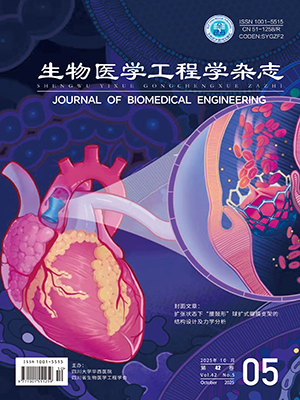Takayasu arteritis (TA) is a chronic nonspecific inflammation that commonly occurs in the aorta and its main branches. Most patients with TA are lack of clinical manifestations, leading to misdiagnosis. When the TA is correctly diagnosed, the patients may already have stenosis or occlusion in the involved arteries, resulting in arterial ischemia and hypoxia symptoms, and in severe cases it will be life-threatening. Contrast-enhanced ultrasonography (CEUS) is an emerging method for assessing TA, but the assessment relies heavily on experiences of radiologists performing manual and qualitative analyses, so the diagnostic results are often not accurate. To overcome this limitation, this paper presents a computer-assisted quantitative analysis of TA carotid artery lesions based on CEUS. First, the TA lesion was outlined on the carotid wall, and one homogeneous rectangle and one polygon were selected as two reference regions in the carotid lumen. The temporal and spatial features of the lesion region and the reference regions were then calculated. Furthermore, the difference and ratio of the features between the lesion and the reference regions were computed as new features (to eliminate interference factors). Finally, the correlation was analyzed between the CEUS features and inflammation biomarkers consisting of erythrocyte sedimentation rate (ESR) and C-reactive protein (CRP). The data in this paper were collected from 34 TA patients in Zhongshan Hospital undergoing CEUS examination with a total of thirty-seven carotid lesions, where two patients were with two lesions before and after treatment and one patient was with left and right bilateral lesions. Among these patients, 13 were untreated primary patients with a total of 14 lesions, where one patient was with bilateral lesions. The results showed that for all patients, the neovascularization area ratio in the 1/3 inner region of a lesion (ARi1/3) achieved a correlation coefficient (r) of 0.56 (P=0.001) with CRP, and for the primary patients, the neovascularization area ratio in the 1/2 inner region of a lesion (ARi1/2) had an r-value of 0.76 (P=0.001) with CRP. This study indicates that the proposed computer-assisted method can objectively and semi-automatically extract quantitative features from CEUS images, so as to reduce the effect on diagnosis due to subjective experiences of the radiologists, and thus it is expected to be used for clinical diagnosis and severity evaluation of TA carotid lesions.
Citation: HU Yanlu, ZHANG Qi, LI Chaolun. Computer-assisted quantitative analysis of contrast-enhanced ultrasonography in Takayasu arteritis carotid artery lesions. Journal of Biomedical Engineering, 2017, 34(5): 790-796. doi: 10.7507/1001-5515.201702043 Copy
Copyright © the editorial department of Journal of Biomedical Engineering of West China Medical Publisher. All rights reserved
-
Previous Article
Optimization of the parameters of microcirculatory structural adaptation model based on improved quantum-behaved particle swarm optimization algorithm -
Next Article
A numerical simulation of dendritic cells migration and induction of T cell specific proliferation during the initiation of skin inflammatory




